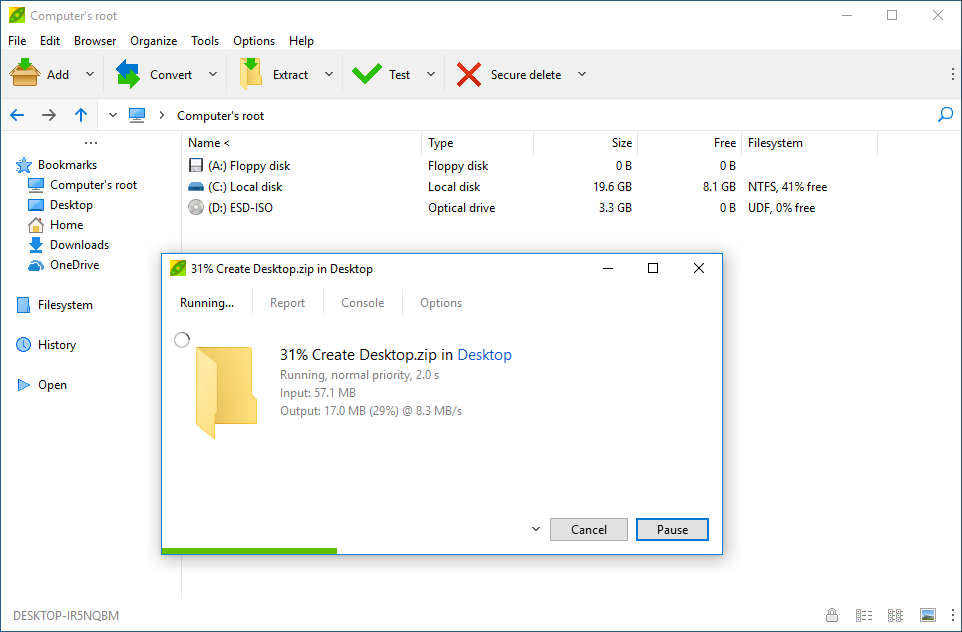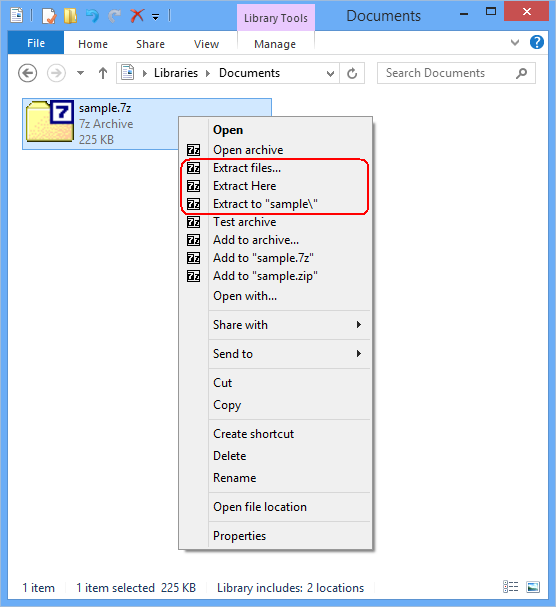

Keka is a free app and you can download it from the developer’s website. You will have to download a third-party app like Keka. How to Open RAR Files Using KekaĪs mentioned earlier, there’s unfortunately no native way of opening RAR files on a Mac.

Mac lets you do that using a third-party app or an online tool. So you’ll need to uncompress or un-RAR those files to view the contents packed inside. As a result, some files you find online or get as email attachments could be compressed into a RAR file.

RAR files are useful if you want to reduce the size of a bunch of files before sending them. Think of it as a ZIP file but with higher levels of compression. A typical RAR file consists of one or several compressed files bundled together. Just like the ZIP file, which is actually an archive file type, RAR file works similar but offers a bit more features. If you’ve downloaded an attachment or received a link to download documents in a RAR file, here’s how you can open it on your Mac. zip or move it to the trash.Įven on Lion, I use it as my default ever since I found it, because of all the additional features that it offers.While there are several apps on the App Store for the job, we’ve picked the one that’s simple and easy to use for opening RAR files on your Mac. * it can automatically open folder it creates (so you don't have to go hunting for it) * and it can set the modification date to the current date/time, which will help the sorting problem:

* always unzip to a new folder (which makes them easier to find, some files unzip to a different name, which is probably part of the confusion you are facing) * extract zips to a specific directory (I use ~/Unzips) If you are not on Lion (or even if you are), then I highly recommend The Unarchiver which works on 10.4+. If you use Lion you can sort a folder by "Date Added" by pressing control + command + 4 (or View » Arrange By » Date Added). Unfortunately that date is not usually helpful to you. What is happening is that that files are being unzipped to the Downloads folder, BUT the date that is being used is the date that the file was created on whichever system it was created on.


 0 kommentar(er)
0 kommentar(er)
